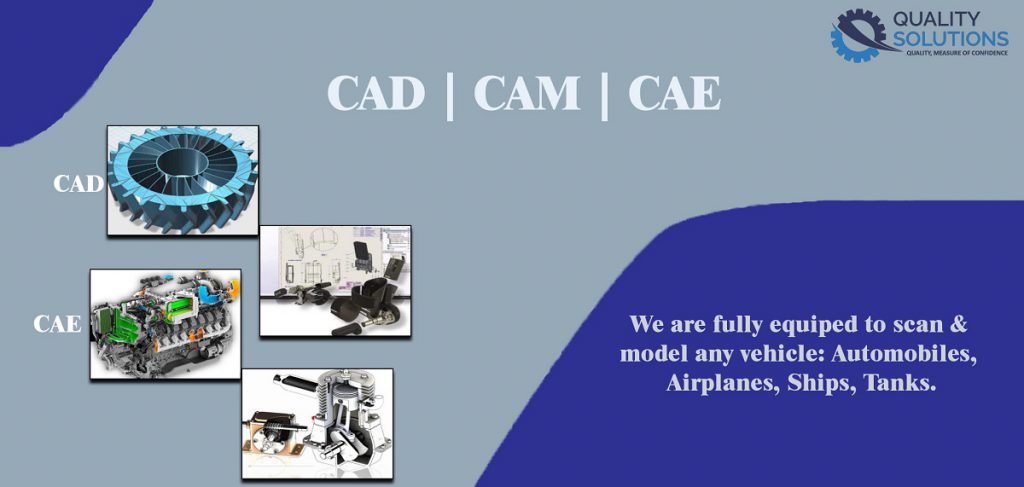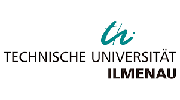
Research areas
Our research relates to the use of analytical methods to solve engineering problems. In particular, numerical methods to facilitate design, and the associated issues of control are of interests. Experimental investigations are often a key feature of the research activities, and complement the theoretical analyses performed. The major research areas cover:
Nonlinear mechanical vibrations
Vibration phenomena can be modeled using linear vibration theory, however, the behavior of practical systems always associates with nonlinearity. Nonlinear system models can display behaviors that linear system cannot in the following points: (1) multiple steady state solutions; (2) jump phenomena; (3) response at frequencies other than forcing frequency, (4) internal resonance, and so on.
Vibro-impact dynamics
Vibro-impact dynamics get attention of dynamicists, physicists, and mathematicians nowadays; particularly, the focus is modeling, mapping and applications. The main techniques used in modeling of vibro-impact systems are phenomenological modeling, Hertzian models, and non-smooth coordinate transformations, etc. While discontinuity mapping techniques are common for grazing bifurcation which is one of the most critical situations impeded in vibro-impaction systems.
Computer-aided design
Computer-aided design (CAD) is a software program which uses computer systems to assist in the creation, modification, analysis, and/or optimization of a design. CAD also increases the conductivity of the designer; improves the quality of design and communications through documentations, and creates a database for manufacturing. CAD is applied in many fields: electronic design automation, mechanical design automation, etc.
Computer-aided manufacturing
In some sense, computer-aided manufacturing (CAM) is a subsequent process of computer-aided engineering (CAE) after computer-aided design (CAD). CAM is the use of computer to control machine tools and related machinery in the manufacturing of workpieces. Its primary purpose is to create a faster production process and components and tooling with more precise dimensions and material consistency.




